The recent case Cohen v. American Security Insurance Company, No. 11-3422, 2013 WL 5890642 (7th Cir. Nov. 4, 2013) explains why your mortgage lender forces you to sign and acknowledge the hazard insurance provision at least three separate times at the closing table.
If you bought or refinanced your home on more than one occasion, you may recall being required to repeatedly sign the hazard insurance disclosure in your loan documents. The mortgage lender is of course very concerned that its security or collateral in the property is protected in the event of a fire or other casualty. When signing the provision, the homeowner promises to keep the property insured at all times. More importantly, however, is what can happen if the borrower does not satisfy this obligation. A typical hazard insurance provision states:
“If Borrower fails to maintain any of the coverages (as described elsewhere in the mortgage), Lender may obtain insurance coverage, at Lender’s option and Borrower’s expense...Borrower acknowledges that the cost of insurance coverage so obtain might significantly exceed the cost of insurance that Borrower could have obtained. Any amounts disbursed by Lender under this Section shall become additional debt of Borrower secured by this Security Instrument. These amounts shall bear interest at the Note rate from the date of disbursements and shall be payable, with such interest, upon notice from Lender to Borrower requesting payment.”
While these provisions may seem harsh and one-sided, they have been upheld by the 7th Circuit in the recent case Cohen v. American Security Insurance Company, No. 11-3422, 2013 WL 5890642 (7th Cir. Nov. 4, 2013). In Cohen, the defendant borrower argued that this almost exact provision was invalid because, among many different legal theories, her mortgage lender fraudulently placed insurance on her property, her mortgage lender committed unfair and deceptive business practices pursuant to the Illinois Consumer Fraud Act because the insurance premiums were more than double the cost under her lapsed policy, and that her mortgage lender was receiving a “kick-back” because the mortgage lender was assessing a process fee and commission from their own insurance policy they put in place.1 The 7th Circuit was not impressed with any of these arguments as the mortgage lender gave the borrower full disclosure about this provision and provided her with several notices and opportunities to maintain her own insurance policy at a more affordable rate. Id. at *6.
Based on the court’s conclusion in this case, homeowners with a mortgage on their property should always maintain adequate hazard insurance, as the lender may obtain its own policy if there is none in place or if the policy is cancelled or lapsed. It is also important to keep your mortgage lender in the loop because the mortgage lender usually has the ability to determine if they believe the policy adequately protects their interest and thus triggering these issues. Cohen does make clear though that these provisions must be fully disclosed and the mortgage lender must give you notice and opportunity to get your own coverage first. See id. at *6-7. Finally, even if your mortgage lender obtains an insurance policy pursuant to these provisions, the borrower always has the right to obtain its own policy and will only be responsible for these higher premiums based on the borrower’s pro-rata share for the days the mortgage lender’s policy was in place. See id. at *7.
1 The defendant also argued the legal theories of (i) breach of contract; (ii) fraud; (iii) conversion; and (iv) unjust enrichment.

